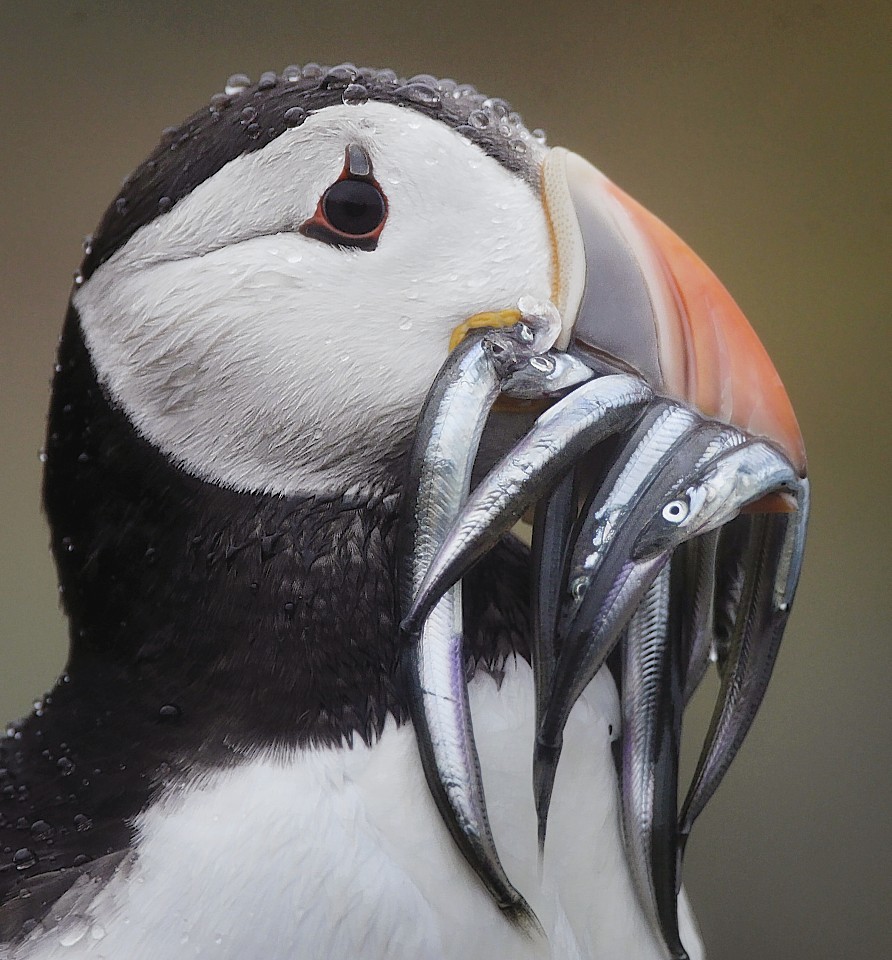SEABIRDS have experienced their most successful breeding season in a decade, conservationists said last night.
Conservationists said that some species National Trust for Scotland colonies in the west of Scotland had managed to restore their falling populations.
Puffins, Shags, Kittiwakes and Razorbills were amongst the species that had fared well over the summer.
Dr Richard Luxmoore, Senior Nature Conservation Adviser at NTS, said: “Many seabirds have experienced a good breeding season at colonies in the west of Scotland.
“After several years of bad news it is encouraging to be able to report that several species have had their best season in 10 years.”
Research at the NTS property at Mingulay on the Outer Hebrides found 1642 pairs of Kittiwakes trying to nest, up 46% since last year.
Their breeding success, at 88 chicks produced per 100 pairs, was much better than 2013, the study found.
Other species, such as Razorbills, Common Guillemots and European Shags also recorded substantial improvements in both numbers and breeding success.
A study by the Highland Ringing Group on Canna showed that Kittiwake pairs were up 14% since last year with an “excellent” breeding success.
Guillemots and Razorbills also experienced better breeding success and higher numbers than in recent years, Dr Luxmoore said.
Researchers also located five occupied nest burrows of Manx Shearwaters at three locations around the island.
Shearwaters had been reduced toextinction on Canna but a successful rat eradication project, completed in 2006, has allowed them to recolonise several of their former nest sites.
On St Kilda, annual monitoring has showed that puffins have had much greater breeding success than in recent years.
The figures come after years of rapid decline of seabird numbers on west coast properties.
On St Kilda, Black-legged Kittiwakes have declined by 89 per cent at one study site since 2002 and were experiencing breeding success as low as 6 chicks per 100 pairs.
Dr Luxmoore continued: “After many years of depressing news it is wonderful to see so many species of seabirds having a good year in 2014.”
Bob Swann, of the Highland Ringing Group, added: “It was great to see the colonies so full and so noisy this summer. Although we are unlikely to see a return to the peak numbers of the 1980s and 1990s, I’m hopeful that the declines may have stopped and for some species even reversed.”
